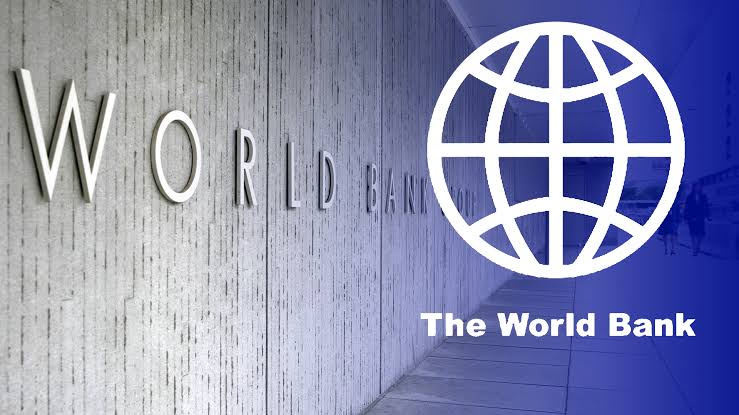The World Bank raises its growth forecast for Saudi Arabia in 2022 to double

Hala Arafa - Betht:
The World Bank report more than doubled Saudi export growth from 4.7% to 9.6%. The Kingdom’s growth will be driven in part by a significant recovery in the oil sector in 2022 after OPEC+ production cuts until December 2021, during the recent World Bank economic update for the Middle East and North Africa .
The report expected that the Kingdom’s industrial output would grow by 5.4 percent, compared to the 2.4 percent forecast last April.
In its report, the World Bank also suggested that improving vaccination rates, abolishing restrictions related to the epidemic, and resuming religious tourism would boost Saudi non-oil production, which is expected to grow by 4 percent in 2021 and 3.3 percent in 2022.
GCC countries raise World Bank forecasts for the Middle East and North Africa
The World Bank raised its 2021 GDP growth forecast for the Middle East and North Africa region by 0.6 percentage points from 2.2 percent according to a previous report in April earlier this year to 2.8 percent, while the 2022 forecast was raised by 0.7 percentage points to 4.2%.
This revision was mainly driven by the high growth rates projected by banks for the GCC economies, where the GDP growth forecast for 2021 was increased by 0.4 percentage points from 2.2 percent to 2.6 percent.
The report also raised its 2022 forecast for GDP growth for the Gulf Cooperation Council countries by 1.4 percentage points from 3.3 percent to 4.7 percent.
The international organization increased its growth forecast in 2022 by 2.1% to 4.6%. The World Bank report pointed to the rapid spread of vaccines as a driving factor for increasing domestic spending and tourism. Private spending growth for 2022 was changed from 2.2% in the April 2021 forecast to 3.8% in the October report.
UAE
The United Arab Emirates recorded the highest rate
Positive as the international organization increased its growth forecast in 2022 by 2.1% to 4.6%. The World Bank report pointed to the rapid spread of vaccines as a driving factor for increasing domestic spending and tourism. Private spending growth for 2022 was changed from 2.2% in the April 2021 forecast to 3.8% in the October report.
The projected growth rate of the World Bank for exports was also revised upwards to 5.9 percent in the last report, up from 3.9 percent, as global trade is now expected to gain more momentum.
Kuwait
Kuwait’s growth forecast for 2022 was raised from 3.6 percent to 5.3 percent.
Qatar
For Qatar, growth forecast for 2022 was raised by 0.7 percentage points to 4.8 percent. Oil GDP growth forecasts remained unchanged at 3%.
However, non-oil GDP was revised up to 5.9 percent from 4.9 percent led by World Cup-related incomes and tourism receipts, the report said.
Oman
In contrast to other GCC countries, Oman’s GDP growth forecast for 2022 was cut by 3.1 percentage points from 6.5 percent in the April report to 3.4 percent.
The forecasts for non-Gulf countries also witnessed revisions, including:
Egypt
For Egypt, the growth rate forecast for 2021/2022 was raised. The World Bank raised its forecast for the growth of the Egyptian economy by (1%) to reach (5.5%) during the fiscal year 2021/2022. The motive behind the review was the gradual recovery in the number of tourist visits, And continued growth in the sectors of information, communications and technology, public investments, and increased gas exports.
Tunisia
Tunisia revised up its 2022 growth forecast. The forecast increased 0.9 percentage point to 3.5 percent. Growth in total fixed capital investment is now expected to be 6.5 percent, compared to 13.4 percent in the April report. Tunisian industry is expected to grow by 3.5 percent compared to 1.4 percent in the April report.
The World Bank’s 2022 growth forecast for Jordan and Bahrain remained unchanged.



